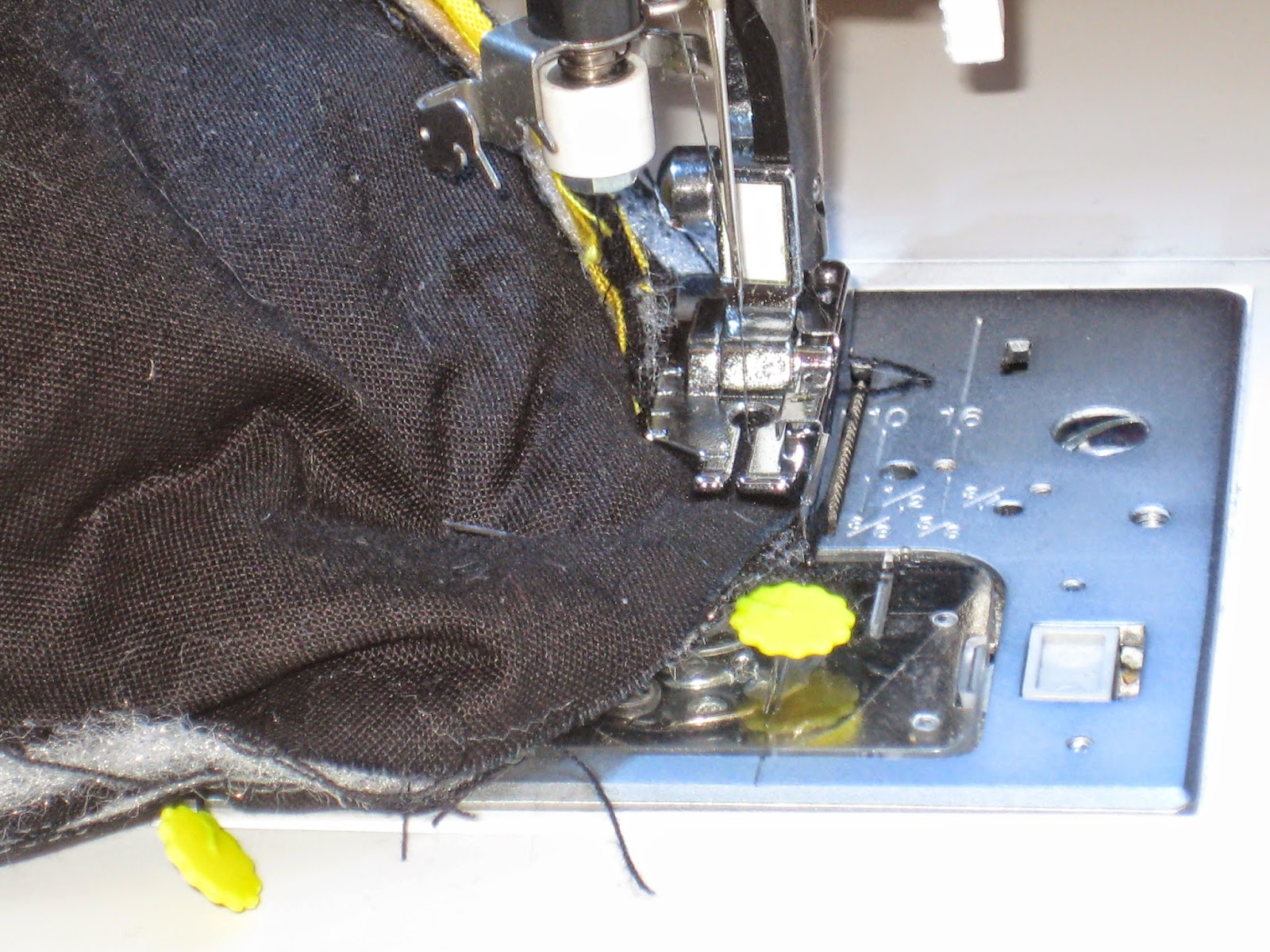I try to recycle, up-cycle, and re-purpose as much as possible. There are projects to re-use plastic drink bottles by gluing, sewing, and crocheting. I decided to use pharmacy bottles in a similar manner.
There are so many uses for pharmacy bottles. They can be used for disposing of diabetes testing items. They can be used for keeping spare change organized. They can be used for storing seeds, beads, sewing items, or other small things. Wash the containers well first.
I sewed a sleeve with a drawstring closure that fit over the container. The lip of the container prevents the sleeve from slipping off. It can be removed for washing. The container on the left does not have the safety cap. The glasses inside were too long, thus the need to make something that could hold and protect the glasses from being crushed.
I made two. One can keep my reading glasses safe in my purse. The other can keep my other reading glasses safe in the house.
I also wanted to share what I am doing with my "independent" blocks. I think "orphan" blocks sound sad so I call them "independent" blocks. I will make pet quilts to donate to the local pet shelter. This one would have been donated, but our dog, Jedi, liked it and wanted it. Of course, I gave it to him. :)
There are so many uses for pharmacy bottles. They can be used for disposing of diabetes testing items. They can be used for keeping spare change organized. They can be used for storing seeds, beads, sewing items, or other small things. Wash the containers well first.
I sewed a sleeve with a drawstring closure that fit over the container. The lip of the container prevents the sleeve from slipping off. It can be removed for washing. The container on the left does not have the safety cap. The glasses inside were too long, thus the need to make something that could hold and protect the glasses from being crushed.
I made two. One can keep my reading glasses safe in my purse. The other can keep my other reading glasses safe in the house.
I also wanted to share what I am doing with my "independent" blocks. I think "orphan" blocks sound sad so I call them "independent" blocks. I will make pet quilts to donate to the local pet shelter. This one would have been donated, but our dog, Jedi, liked it and wanted it. Of course, I gave it to him. :)













































